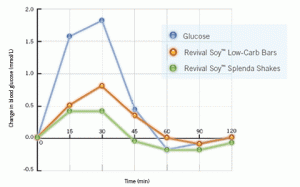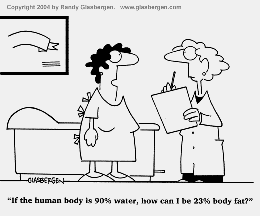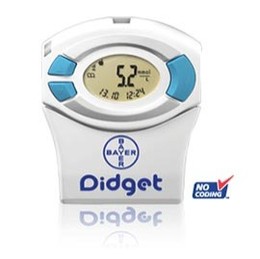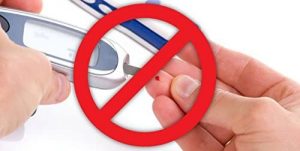What are the signs of childhood diabetes?

What are the signs of childhood diabetes? Childhood diabetes is a very dangerous condition; it is dangerous in adults and even more dangerous in children. Diabetes is a condition in which the pancreas fails to produce the needed amounts of a hormone called insulin. Insulin is a vital chemical as it takes the sugar (glucose) in the blood and binds with it to create a form of fuel that the body’s cells can use. Without the proper amounts of insulin the sugar amounts in the blood will rise. Once they reach certain levels they begin to damage the body. The damage that can be done includes heart damage, increases in the chance of heart disease, kidney disease, the increased chance of kidney failure, eye damage and blindness, and nerve damage. These side effects of high blood sugar are very dangerous and should not happen but can only be stopped if you know the signs of childhood diabetes.
The signs of childhood diabetes are the same as adult diabetes. Thirst, excessive urination, extreme hunger, and fatigue are major symptoms. Excessive urination is by the body realizing that the blood sugar is too high and it begins to try to clean itself. This is done by the kidneys pulling the glucose out and releasing it in urine. This means that the body has to urinate often. This means that a lot of water is lost, resulting in thirst. Hunger and fatigue are caused by the body not getting the needed amounts of fuel. The hunger is where the bodies cells are not getting the needed amounts of fuel and tell the body that they hungry. Fatigue is where the body does not have the fuel it needs and it begins to tire out. The signs of childhood diabetes should be notified to a doctor immediately.




 When the amounts of insulin are low the amounts of sugar are high. When the sugar level reaches a certain level the body begins to suffer damage. The damage that is typically done by the high blood sugar levels includes
When the amounts of insulin are low the amounts of sugar are high. When the sugar level reaches a certain level the body begins to suffer damage. The damage that is typically done by the high blood sugar levels includes
